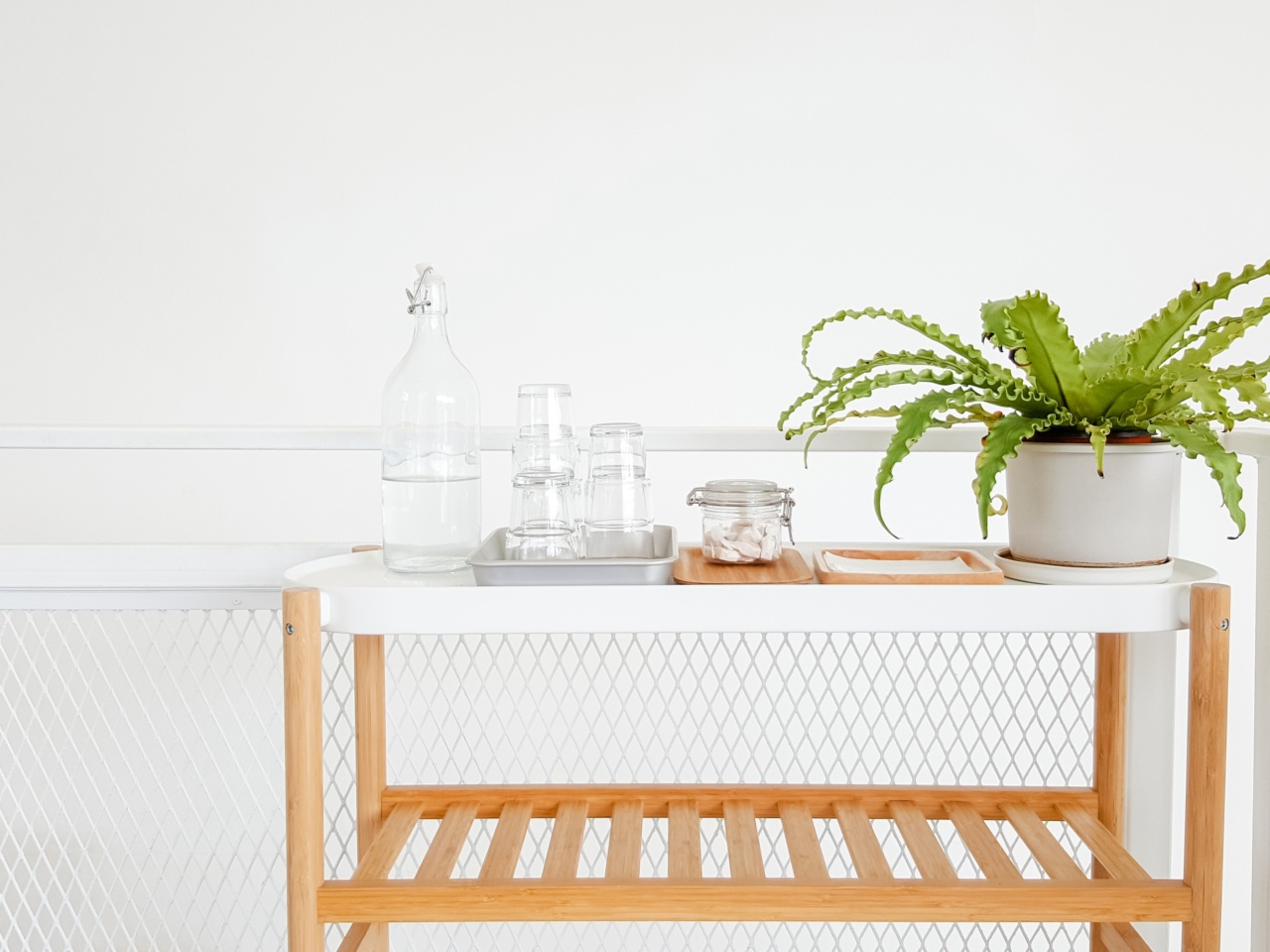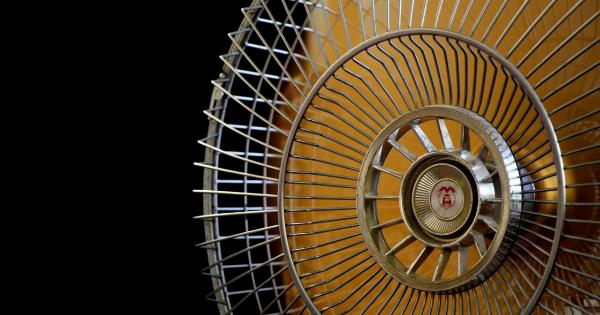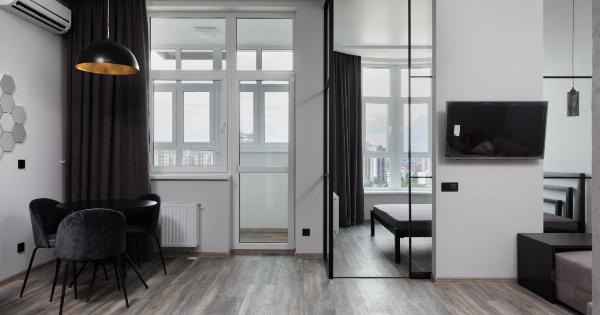When temperatures rise, the need for a refreshing and cool home becomes a priority. Installing an air conditioning unit is a common and efficient way to keep your home cool, but it can be expensive and have a negative environmental impact.
Fortunately, there are several alternatives to AC that can help you save money on your energy bill and reduce your carbon footprint whilst still keeping you cool and comfortable.
1. Ceiling Fans
Ceiling fans can be an excellent alternative to air conditioning. They help to circulate cool air throughout the room, making it feel more refreshing.
They don’t use a lot of energy, and you can keep them running for more extended periods than air conditioning without worrying about your electric bill. Ceiling fans come in various sizes and styles, from the traditional design to more modern, minimalist looks.
2. Window Blinds and Shades
Window treatments like blinds and shades can block out the sun’s rays and help to reduce heat gain inside your home. By preventing sunlight from entering your home, you will keep the temperature much cooler, even on hot days.
You can also install reflective window film that reflects heat, keeping it out of your home altogether.
3. Window Film
Window film can be an effective way to reduce the amount of heat coming through your windows. Some films are designed to reflect the sun’s rays, while others are designed to block UV light.
Either way, window film can help keep your home cooler in the summer and warmer in the winter by controlling the amount of heat that enters or escapes.
4. Ventilation
Having proper ventilation in your home is essential for keeping it cool, especially during the summer months. You can open windows and doors to create a cross-breeze throughout your home.
Alternatively, you can use exhaust fans to draw hot air outside, creating a cooling effect inside your home. Another option is to use a whole-house fan that draws air in from the outside and circulates it through your home.
5. Evaporative Cooling
Evaporative cooling works by drawing in warm air and transforming it into cool air by passing it over water-soaked pads. The cool air is then circulated throughout your home using fans.
This method is especially effective in dry climates with low humidity levels.
6. Insulation
Insulation is not only essential for keeping your home warm in the winter, but it’s also crucial for keeping it cool in the summer.
Insulation works by preventing the transfer of heat, so if you have poor insulation, heat can easily enter your home. By ensuring that your home is adequately insulated, you can reduce heat gain and keep your home cooler without having to rely on air conditioning.
7. Cool Roof
A cool roof is designed to reflect sunlight and absorb less heat than a standard roof. A cool roof can be made of reflective materials or have a special coating that reflects more sunlight.
By reducing the amount of heat absorbed by your roof, you can reduce the temperature inside your home.
8. Plants
Plants can help to keep your home cool by absorbing sunlight. Planting trees outside your home can provide shade, reducing the amount of sunlight that enters your home.
Inside your home, plants can help to reduce the temperature by absorbing heat through transpiration.
9. Dehumidifier
A dehumidifier can be an effective way to keep your home cool and comfortable during hot and humid weather. A dehumidifier works by removing excess moisture from the air, making it feel less sticky and more refreshing.
By reducing the humidity levels in your home, you can also reduce mold and mildew growth.
10. Cooling Vest
For those who suffer from heat sensitivity, a cooling vest can be an effective way to stay cool and comfortable indoors.
These vests come with cooling pads that can be chilled in the freezer and worn underneath clothing to keep your body temperature regulated. The cooling pads can help to reduce your body temperature by a few degrees, making you feel significantly cooler during hot temperatures.
Conclusion
By exploring the alternatives to AC, you can find ways to keep your home cool and comfortable without relying on traditional air conditioning units.
Whether it’s installing ceiling fans, using window treatments, or embracing plant life, there are options to suit every lifestyle and budget.































